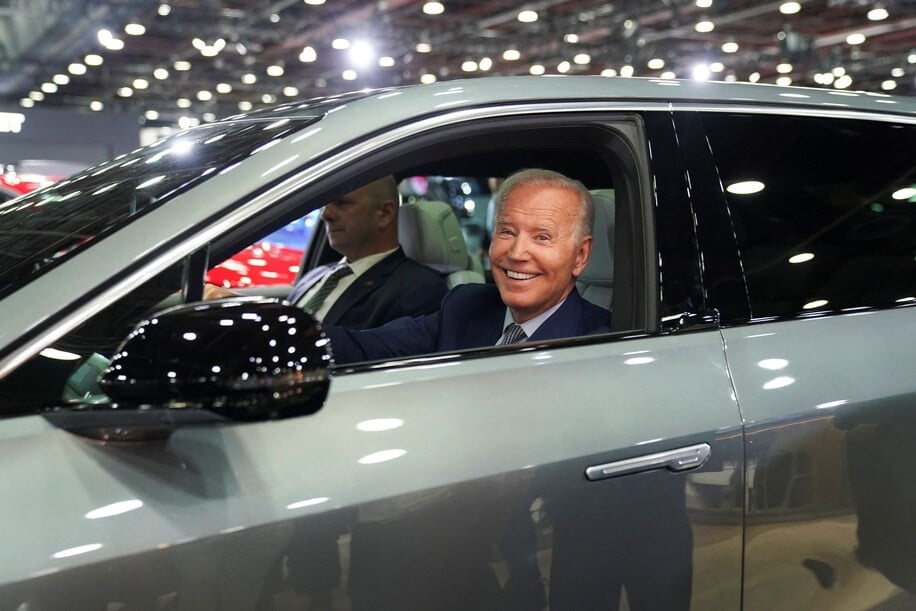 |
| US President Joe Biden test drives a Cadillac electric car during a visit to the 2022 Detroit North American Auto Show. (Source: Reuters) |
America massively re-industrialized
Now, thanks to cheaper energy and huge subsidies and tax credits, the US is seeing a surge of new factories.
Meanwhile, despite its efforts to re-industrialize, Europe is proving much slower and less cohesive.
The driving force, as we know, is the Inflation Reduction Act (IRA) signed by President Joe Biden on August 16, 2022 - a massive $370 billion spending over 10 years to support the energy transition through tax credits. This is in addition to the support packages passed in 2021 related to infrastructure ($1.2 trillion), and the CHIPS and Science Act ($50 billion) of 2023 to bring semiconductor manufacturing back to the US.
“We are seeing a real industrial revival in the US, while energy prices in Europe continue to weigh on the manufacturing sector,” said Maxime Darmet, an economist at insurer Allianz Trade.
In fact, the energy factor is decisive: companies in Detroit or New York pay only one-third or one-quarter of the energy costs of their competitors in Frankfurt or Milan. This is clearly a very significant comparative advantage.
Analyzing more specifically, expert Charles-Henri Colombier of the Rexecode Research Institute: “This explains why construction investment in the manufacturing sector on the other side of the Atlantic has recorded a spectacular jump, increasing from 75 billion USD in early 2021 to 195 billion USD in mid-2023”.
Le Monde commented, as if the Americans were building factories with the aim of “revenge”, trying every way to attract foreign manufacturers to their territory.
In the summer of 2022, Japan's Panasonic announced a $4 billion investment to build a battery factory in Kansas, while South Korean industrial conglomerate SK announced $22 billion for various investments in semiconductors, electric batteries and biotechnology.
In March 2023, Volkswagen announced the construction of a new $2 billion electric SUV factory in South Carolina.
"The old continent" is still slow
Meanwhile, the response of the "old continent" has been very slow and, above all, disjointed. In May 2023, France inaugurated its first electric battery "gigafactory" in Pas-de-Calais. It is a project of the company Automotive Cells, a joint venture of Stellantis, TotalEnergies and Mercedes. Several other factories are being built in Germany, Sweden and Poland, and there are about 50 new factories operating in Europe.
“But these are national projects, countries compete to attract investment and the European Union (EU) has relaxed state aid rules to allow this. But in the end, the EU still does not provide a clear and strong roadmap like the IRA,” said a European MEP.
It’s not just about finances. “The IRA and the European Green Deal are practically comparable, but the US legislation relies on tax credits, while the European scheme is essentially based on regulations and subsidies,” says Patrick Artus, an economist at Natixis. “Business investment rates are rising in the US, while they are falling in the Eurozone. This suggests that the US approach is more effective in encouraging businesses to invest.”
Add to that the existential doubts that Germany, Europe’s manufacturing powerhouse, is experiencing. Built on cheap energy imports from Russia and dependent on exports, especially to China, the country’s economy is now faltering, and its industrial model is in deep trouble. Focused on cars powered by internal combustion engines, Germany is struggling to make the transition to electric cars.
Not to mention the increasingly rapid population aging, weakening the economy's ability to innovate and develop.
While Germany has not been able to adjust its growth strategy, Eastern Europe, where it has deployed many new factories, is also struggling to reinvent itself. “That is not enough, Europe cannot even guarantee the supply of strategic raw materials and semiconductors,” expert Charles-Henri Colombier assessed.
In fact, “Reindustrializing Europe” has been a recurring theme among the continent’s leaders since the Covid-19 pandemic and the outbreak of conflict in the Kraine. But now the industrial sector is facing major challenges, from inflation, monetary tightening to weak external demand and general instability.
Hamburg Trade Bank said that from the beginning of 2023, demand in the manufacturing sector is declining, leading to a decline in the Eurozone Purchasing Managers' Index (PMI). For the first time since September 2020, the PMI fell below the break-even point, despite factories continuously cutting prices.
Factory output is expected to continue to decline in the coming months due to a lack of new orders from home and abroad. The Hamburg Trade Bank also noted that the decline is widespread, spanning the four largest economies in the eurozone: Germany, France, Italy and Spain.
The re-industrialisation strategy is understood as strategic autonomy in key industries. It is also considered an effort by the EU to strengthen internal solidarity. The idea of establishing this strategy was initiated by Germany and France.
French President Emmanuel Macron has announced a plan to "Re-industrialize" the country if it does not want to be dependent on or become a consumer market for other major countries. In addition, France is also determined to improve the proportion of industry, which only accounts for 10% of GDP growth in Europe's second largest economy.
Europe is known as the birthplace of industrial revolutions. Building a European re-industrialization strategy is not an idea, but a necessity in the context of the 4.0 industrial revolution. However, not only is it currently "disadvantaged" by the impact of the costly US Bill, but in the current difficult economic context, to come up with a successful strategy, Europe will probably need a lot of time.
Source




![[Photo] Keep your warehouse safe in all situations](https://vphoto.vietnam.vn/thumb/1200x675/vietnam/resource/IMAGE/2025/10/1/3eb4eceafe68497989865e7faa4e4d0e)
![[Photo] President of the Cuban National Assembly visits President Ho Chi Minh's Mausoleum](https://vphoto.vietnam.vn/thumb/1200x675/vietnam/resource/IMAGE/2025/10/1/39f1142310fc4dae9e3de4fcc9ac2ed0)
![[Photo] Hanoi morning of October 1: Prolonged flooding, people wade to work](https://vphoto.vietnam.vn/thumb/1200x675/vietnam/resource/IMAGE/2025/10/1/189be28938e3493fa26b2938efa2059e)

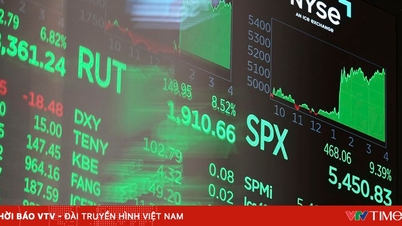

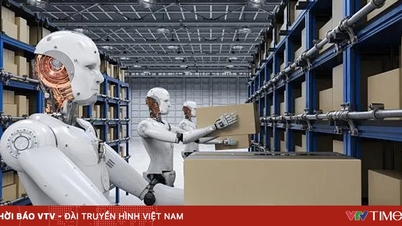
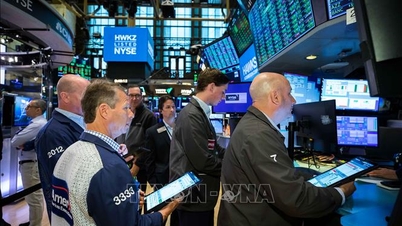




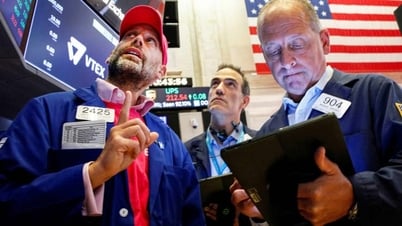

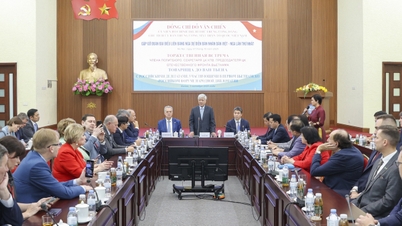











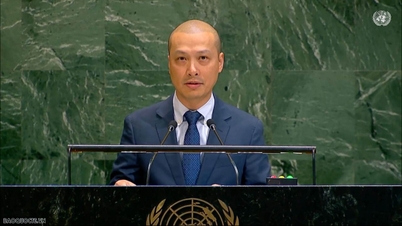































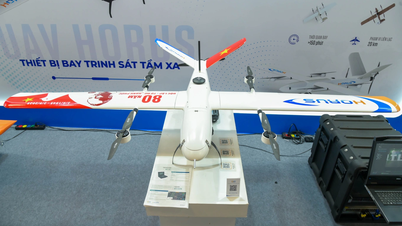

















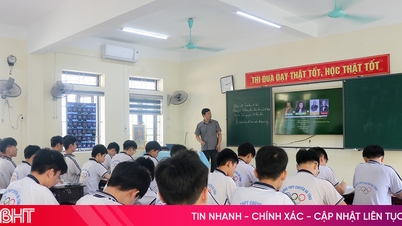
















Comment (0)